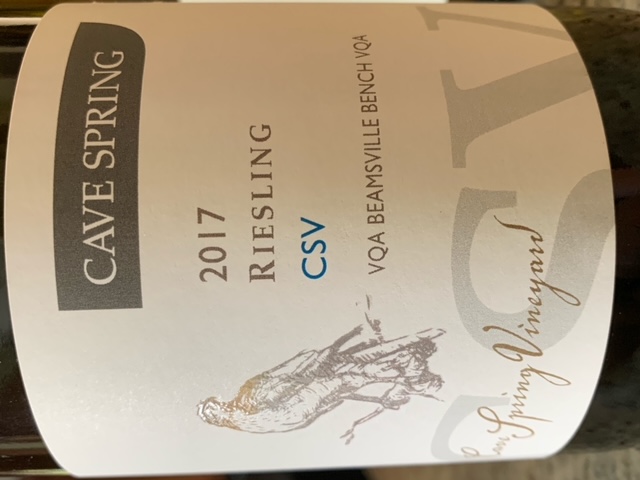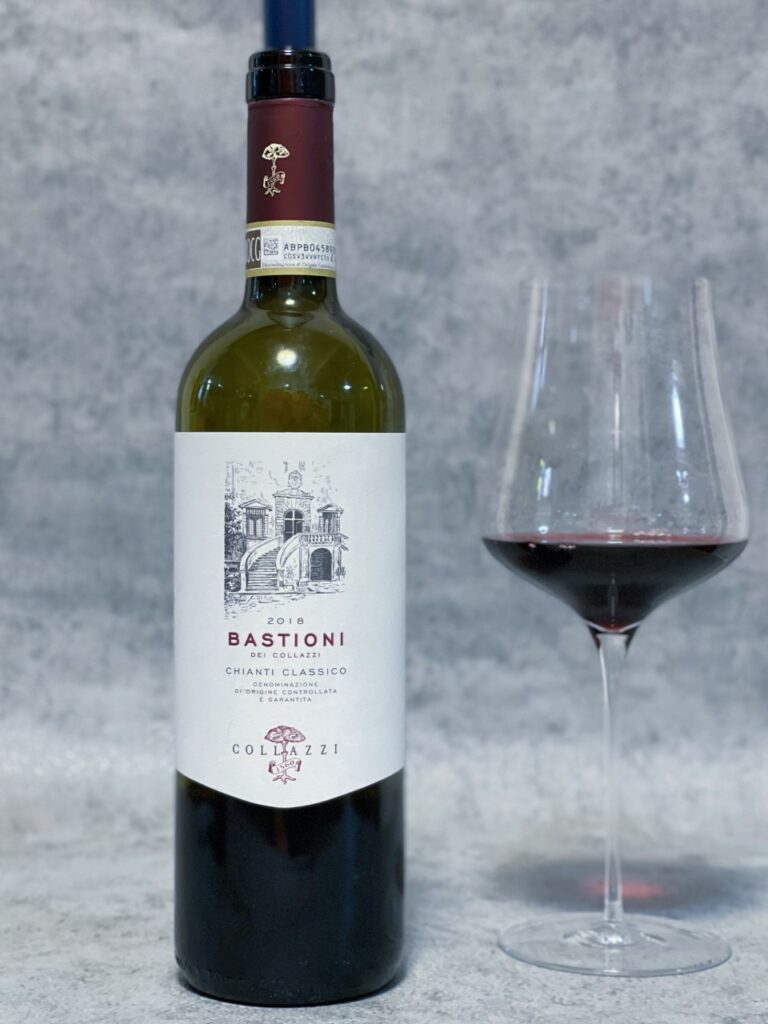Cave Spring 2017 Riesling CSV Beamsville Bench 94

Cave Spring is one of Canada’s best wineries and has a very long track record (at elast in terms of Canadian wine history, but Cave Spring was one of the first in the country to plant vinifera varieties and stick with them at a time when most people thought hybrids were the only way to go) to prove it. The estate makes a bunch of different wines at many different levels of concentration and cost and from many different grape varieties (and many others have been tried over the years: I often find myself thinking that long-time winemaker Angelo Pavan must have some Alsatian blood in him!). However, the best of a very fine lot of wines is, and always has been, the estate’s Riesling CSV, 100% Riesling grown in the Cave Spring Vineyard (CSV) in the Beamsville Bench Designated Viticultural Area. The vineyard is where some of the winery’s best and oldest plots of vines are found (vines that are now close to 50 years old, so we’re talking real vieilles vignes or vv wine here). It’s a vineyard I have walked many times over the years, and besides being one of the most beautiful in Ontario, it is also one where terroir speaks loudly: closed off to the outside elements not by a wall (as in a clos) but by a forest, its complex soil geology of limestone and dolostone mixed with shale, sandstone, granite and gneiss overlying a shale/sandstone bedrock, the gentle 3-6% slope and moderate elevation (125-155 meters above sea level) combine to give a very expressive light on its feet yet dense wine that ages gracefully and easily for ten years and more. The Cave Spring 2017 Riesling CSV Beamsville Bench is one of the best young CSVs in years. Pretty golden-tinged straw-green in colour, it offers pure, piercing aromas and flavours of apricot, pink grapefruit, white peach, Asian pear (believe me: I should know, I live in China) complicated by hints of wet stone, hazelnut, diesel fuel, chamomile and fennel. Beautifully linear and taut, and yet with a creamy, seamless quality, it leaves behind a lingering nuance of tangerine and minerals. Clocks in at 8 g/L residual sugar and 6.8 g/L total acidity (and a 3.19 pH), so it tastes classically dry, this beauty spent six months on the lees and was made using indigenous yeasts. One of Canada’s most iconic wines I have done I don’t know how many verticals of over the years, Cave Spring’s Riesling CSV rarely misses a beat, and it’s no different in the 2017 vintage. Bravi! Drinking window: now-2030.
Collazzi 2018 Chianti Classico I Bastioni 93

Made from roughly twenty year old vines, this blend of 78% Sangiovese, 18% Merlot and 2% Malvasia Nera, has done nothing but improve by leaps and bounds over the years (as have in fact all of Collazzi’s wines). The estate’s wines are much more graceful and lifted today than they once used to be, but in fairness Collazzi’s Chianti Classico I Bastioni has been a standout ever since its first release. Not only, but of Tuscany’s seemingly never-ending (because it’s so long) lineup of beautiful wine estates, the Collazzi estate is in fact one of the most beautiful, designed in 1560 by none other than Michelangelo himself for Agostino Dini, a good friend. I still remember vividly when, roughly fifteen years ago in the company of Lamberto Frescobaldi while visiting and tasting from the cellar, I first leaned from the magnificent garden grounds balcony offering truly spectacular, commanding view of the surrounding countryside (though I Collazzi is a property of the Marchi brothers, Carlo and Bona, who have invested heavily in the developing and improving Collazzi, the estate has been managed for some time by Frescobaldi, a family relative). The Collazzi 2018 Chianti Classico I Bastioni is red-ruby and bright in colour. Very inviting aromas will remind you of red and dark berries, sweet spices, flint, even a touch of black cherry marmelade, all lifted by a fragrant violet top-note. Then fine-grained and refined, with harmonious acidity nicely extending the ripe but lively flavours on the long, juicy finish. Last but certainly not least, a hint of savoriness speaks of the mostly clay-stony soil with limestone inclusions, while the gentle texture reminds one of the San Casciano Val di Pesa territory. Well done. Drinking window: now-2028.

 中文
中文



